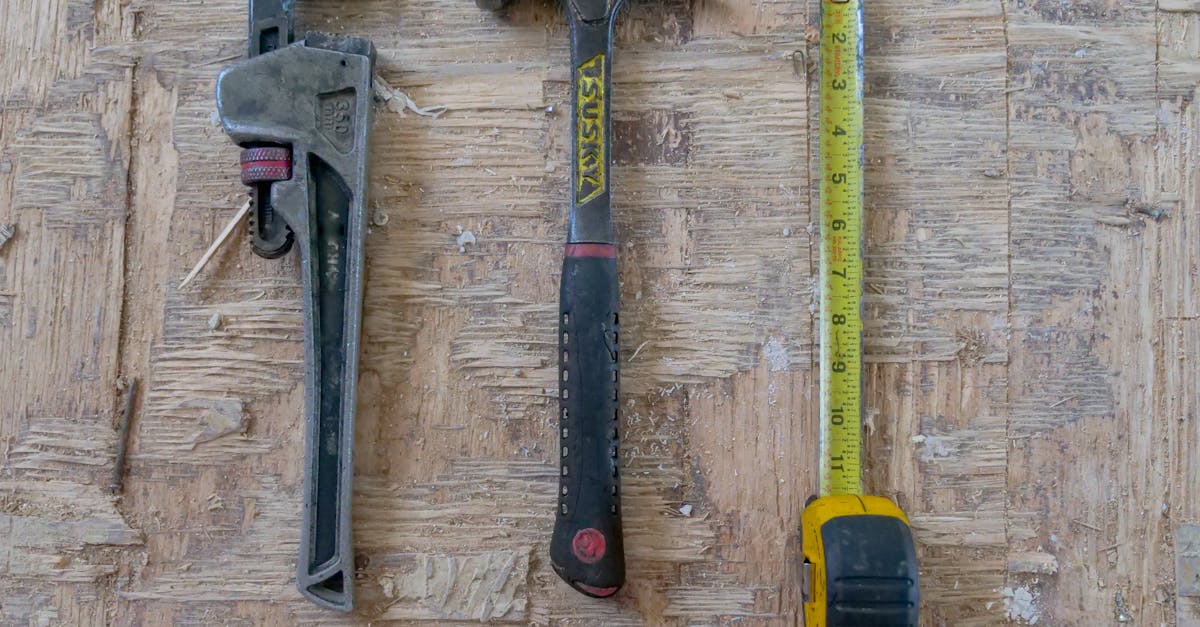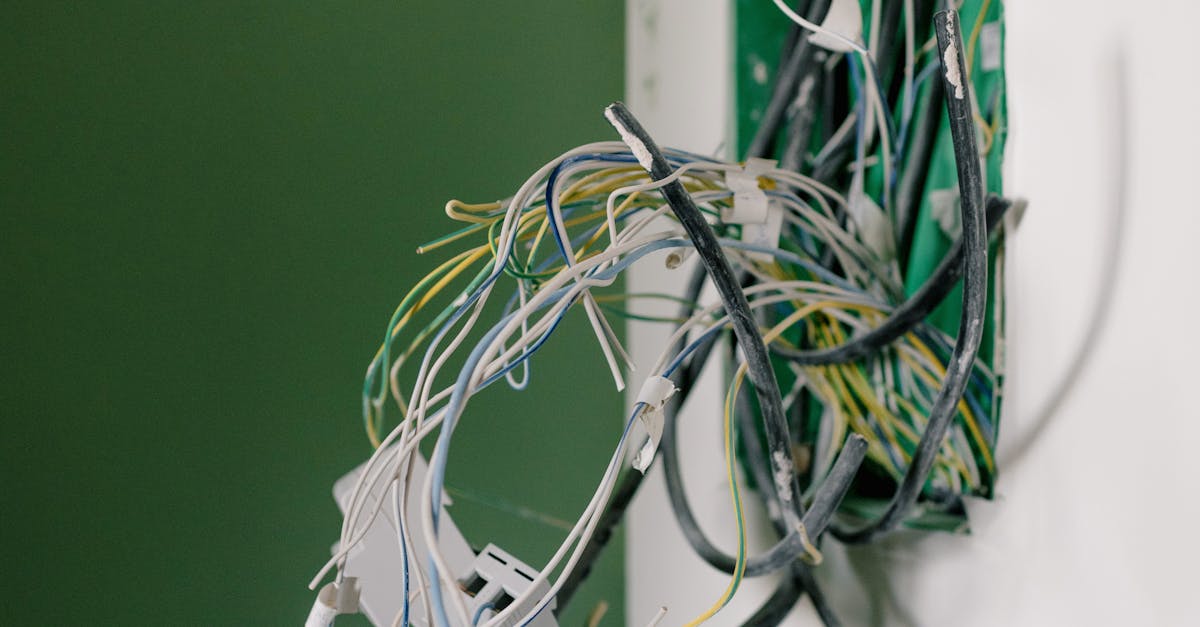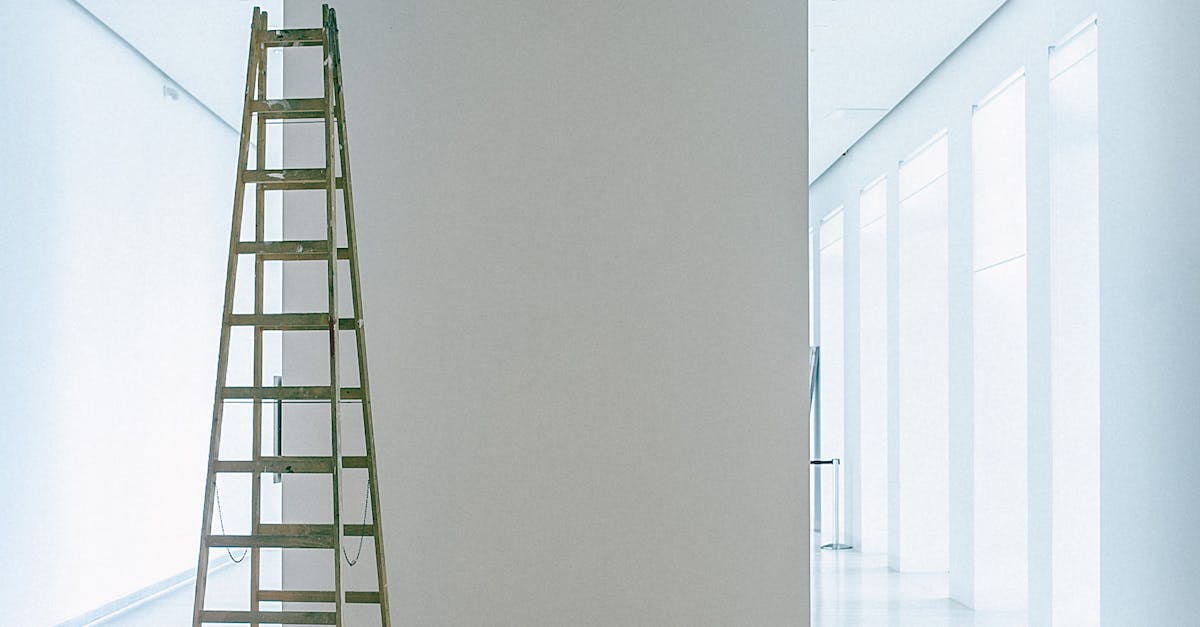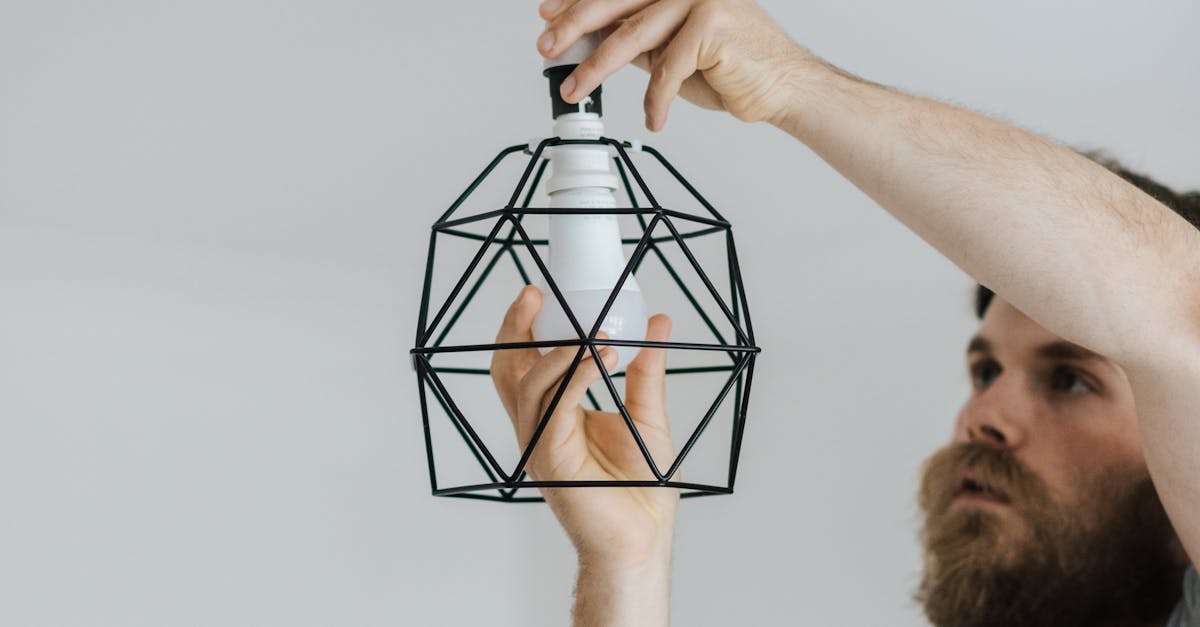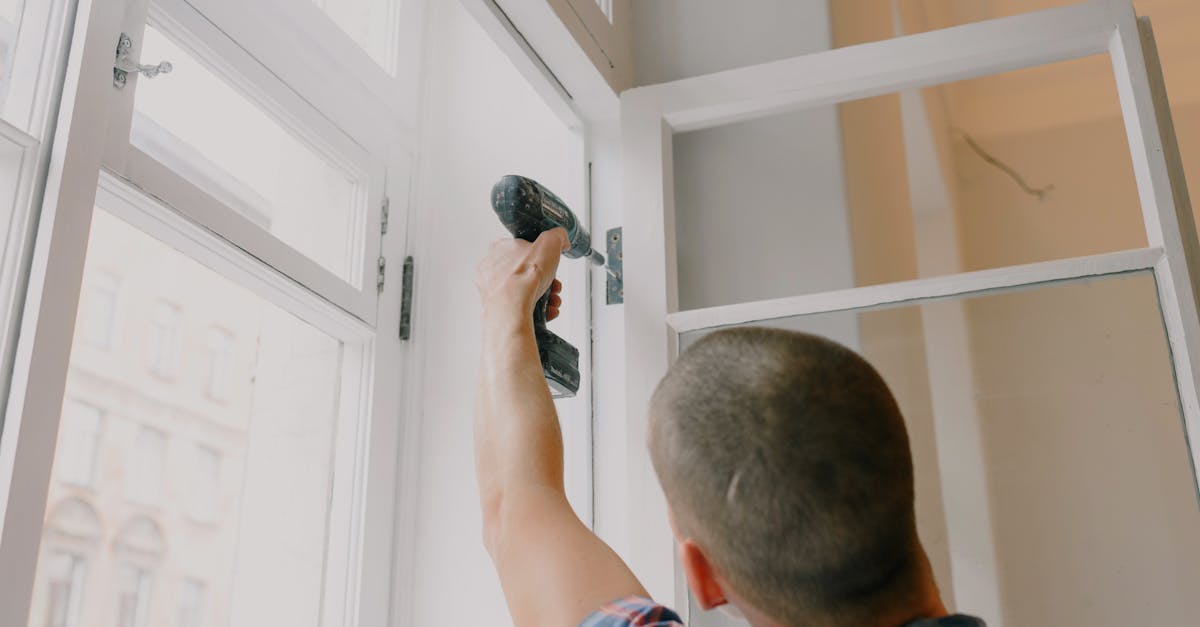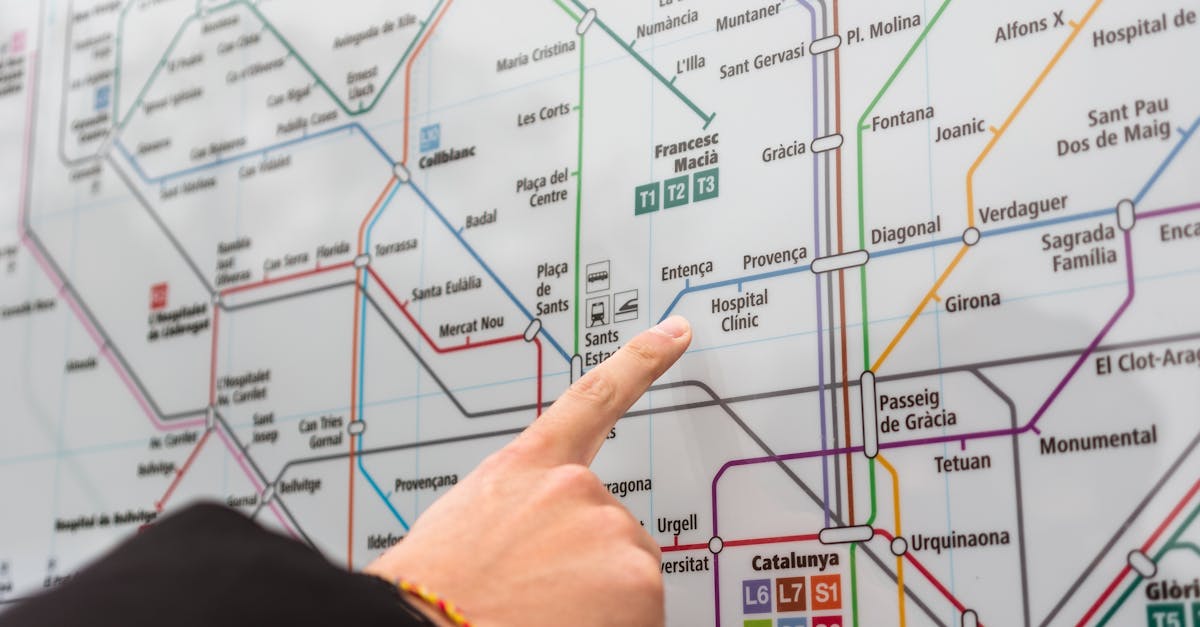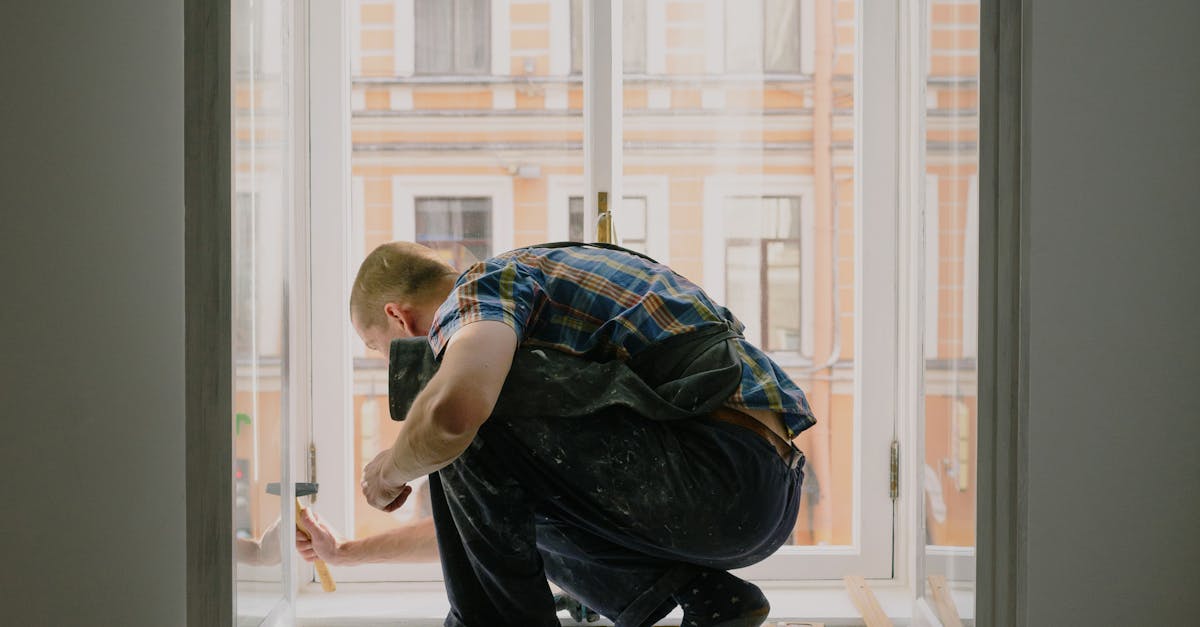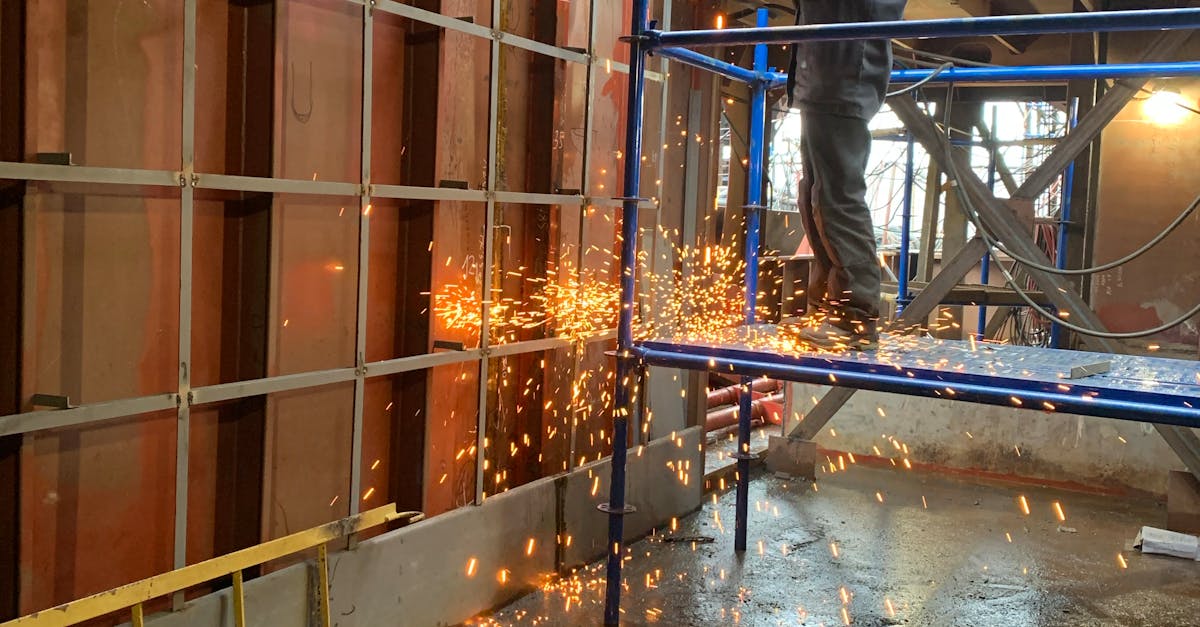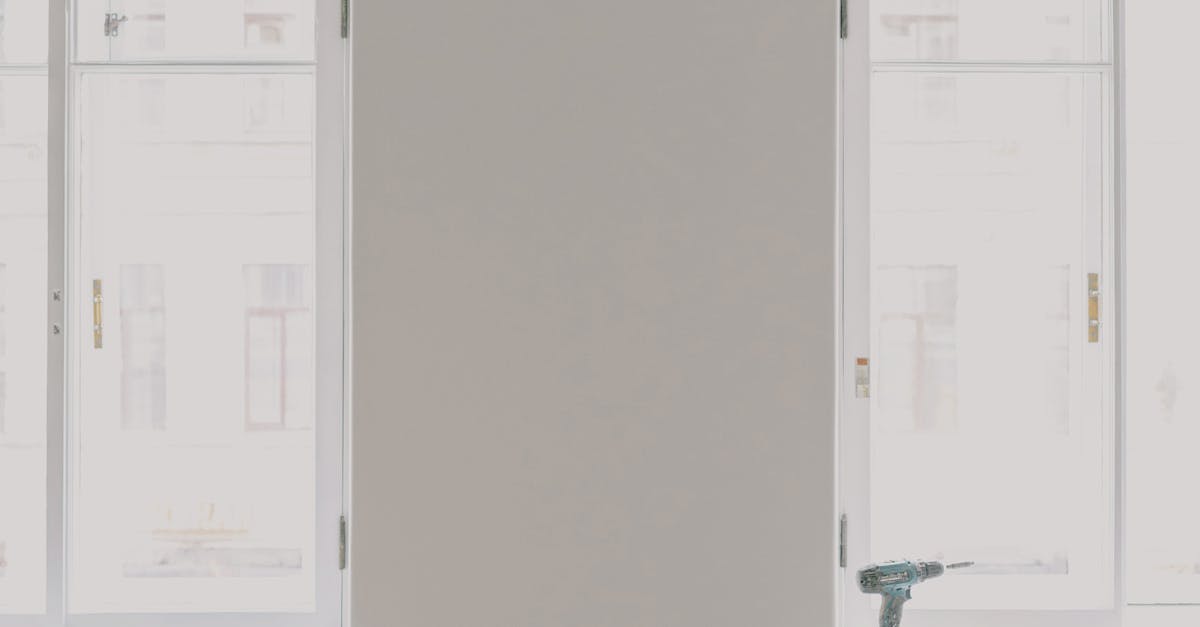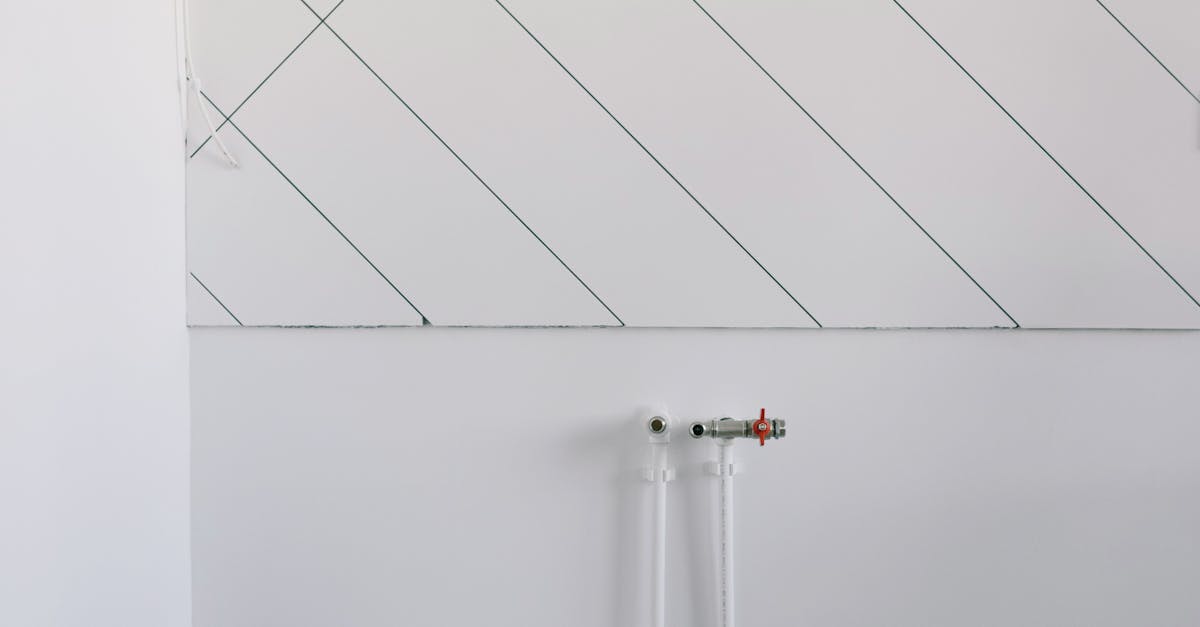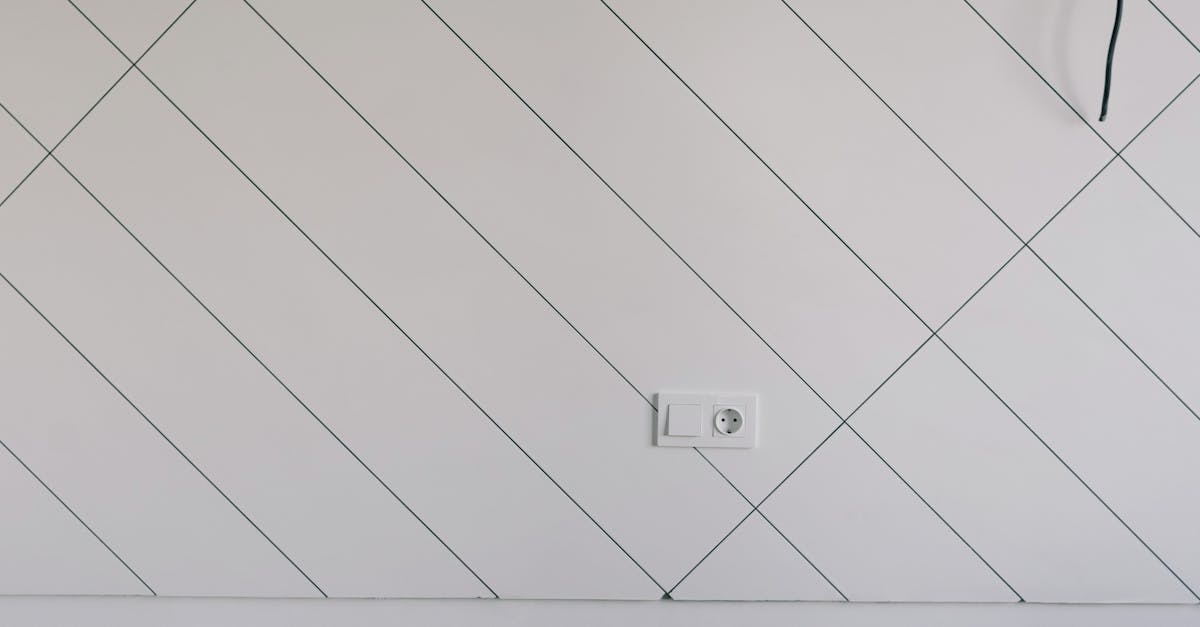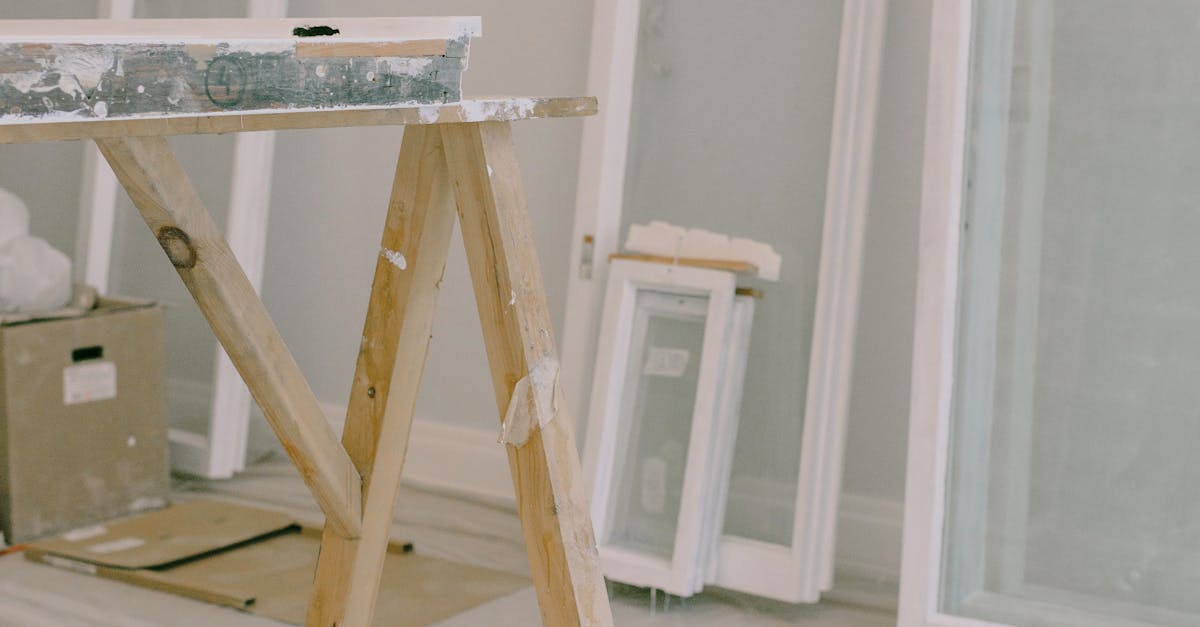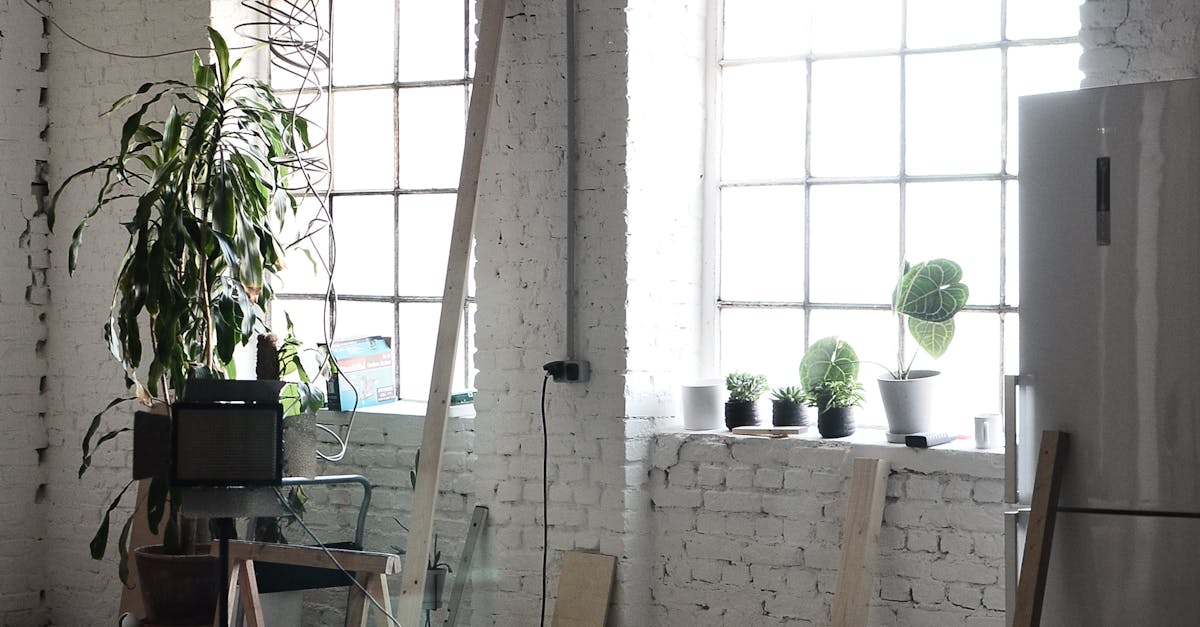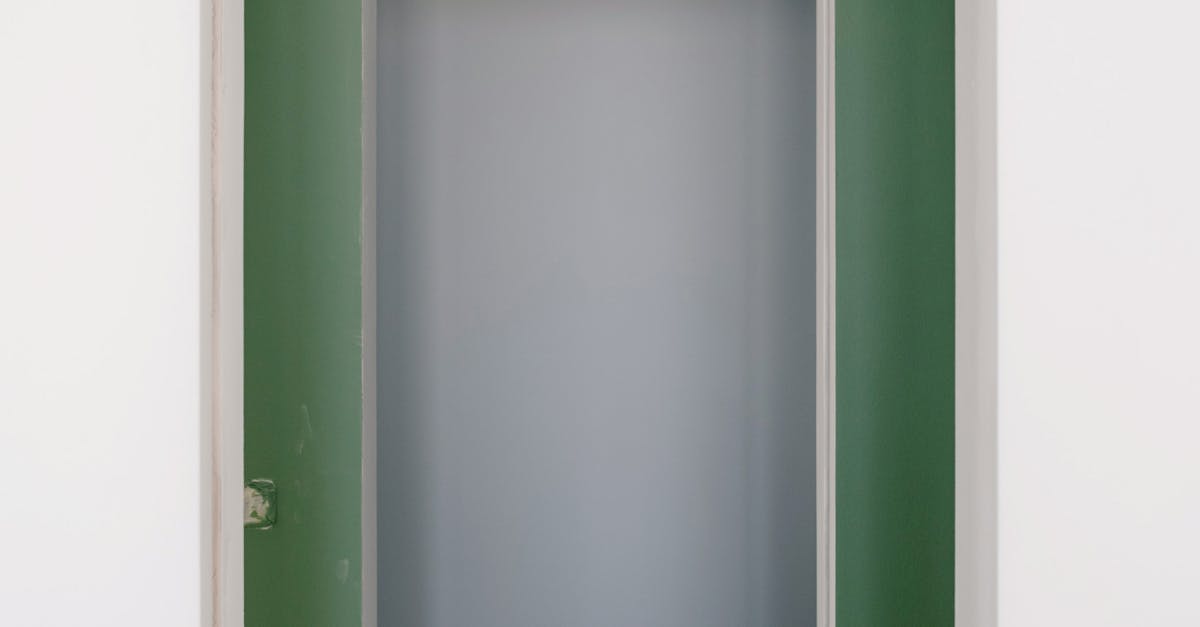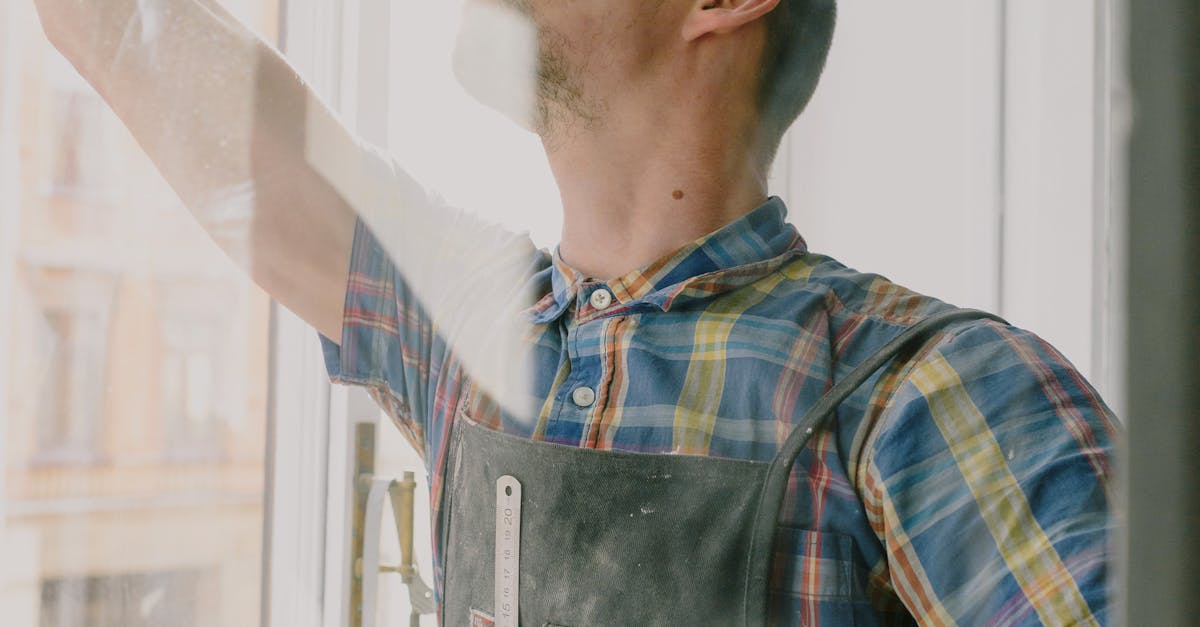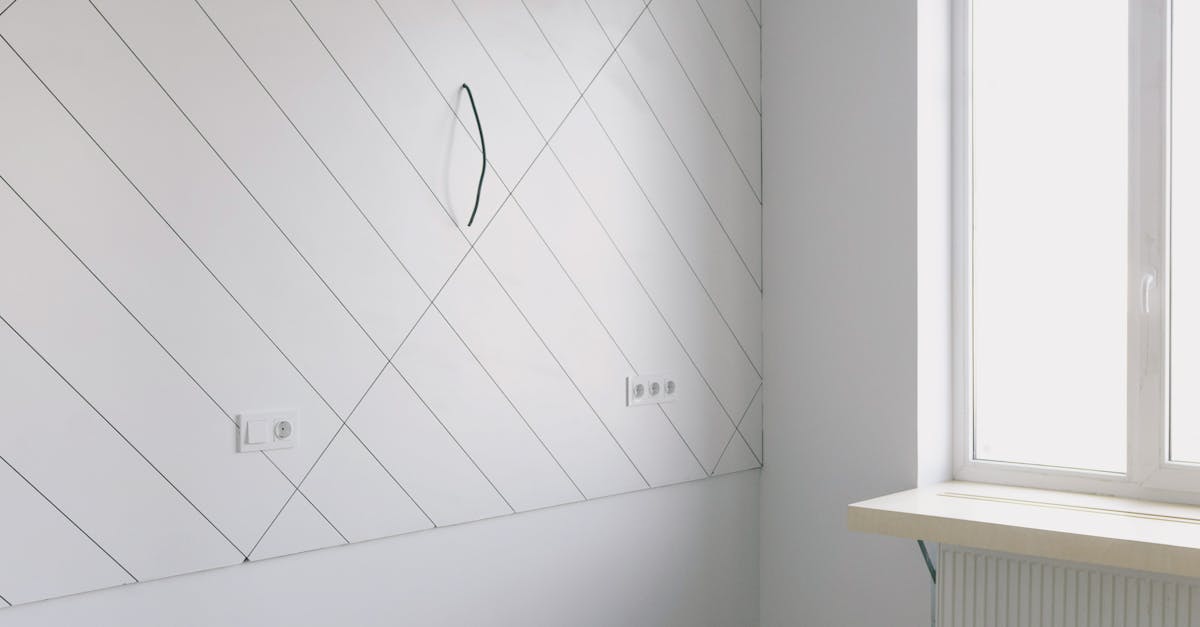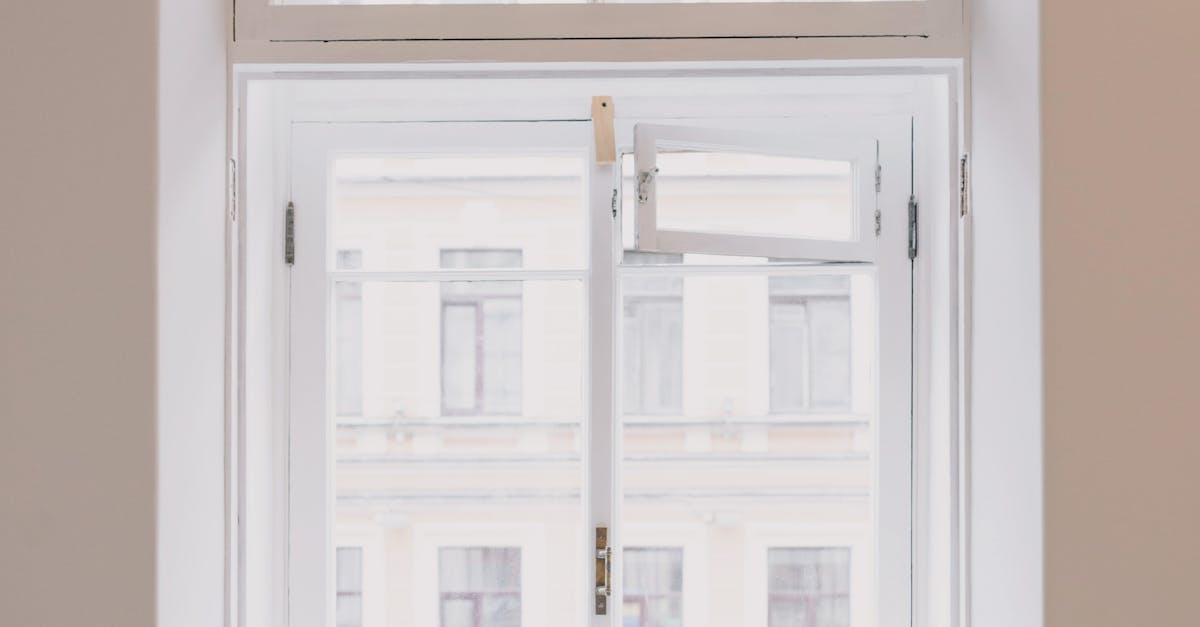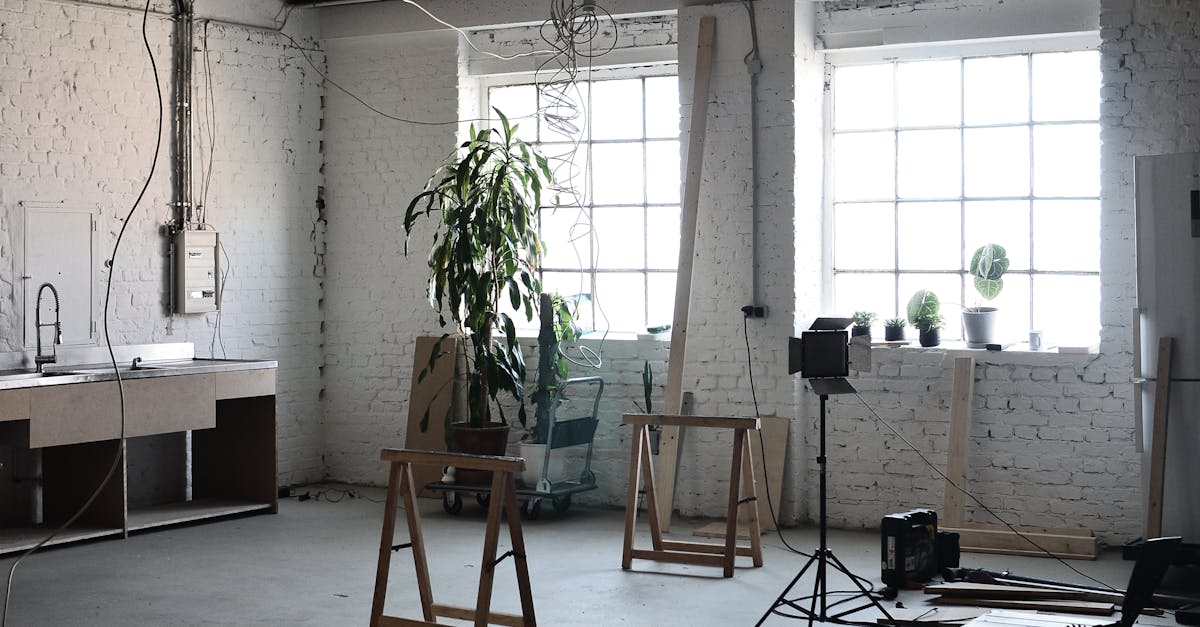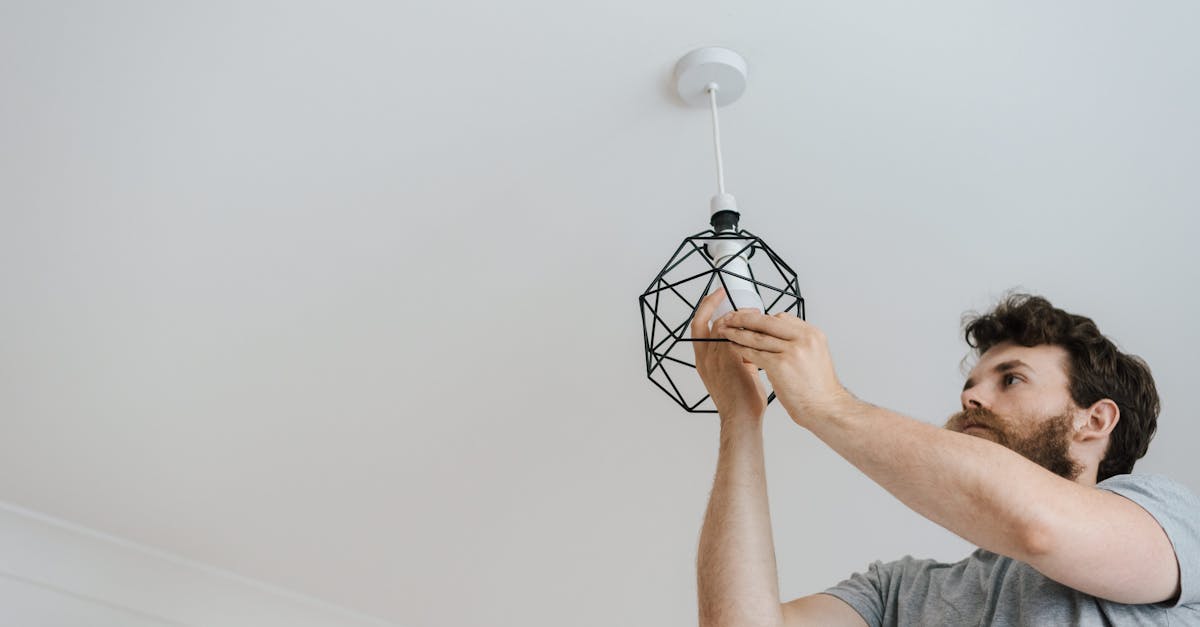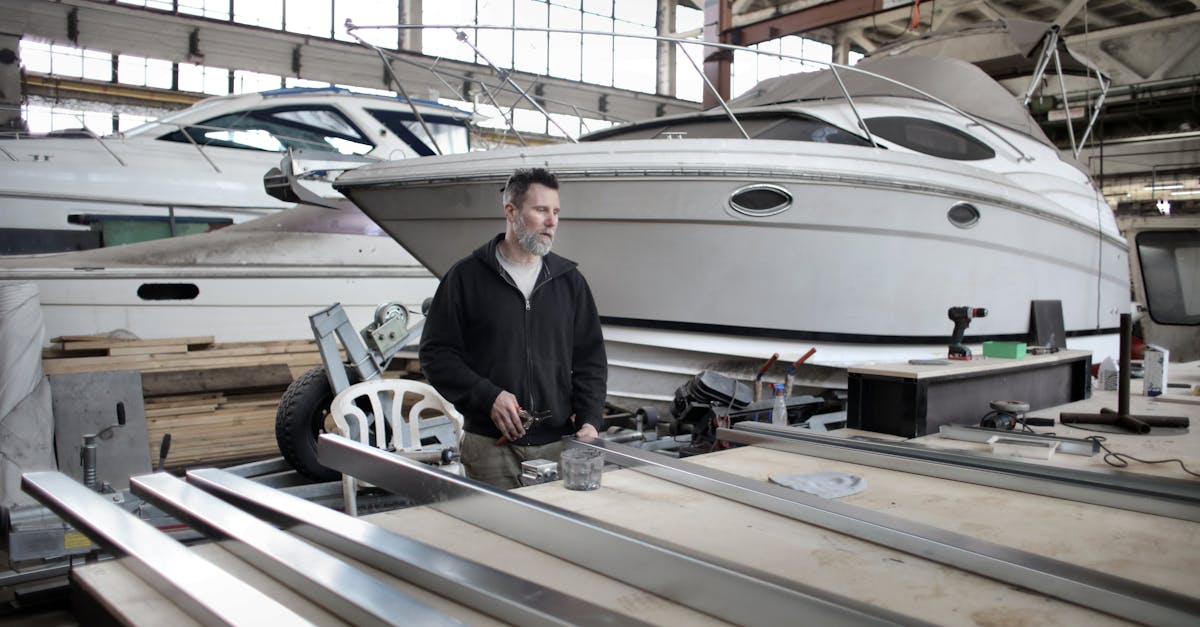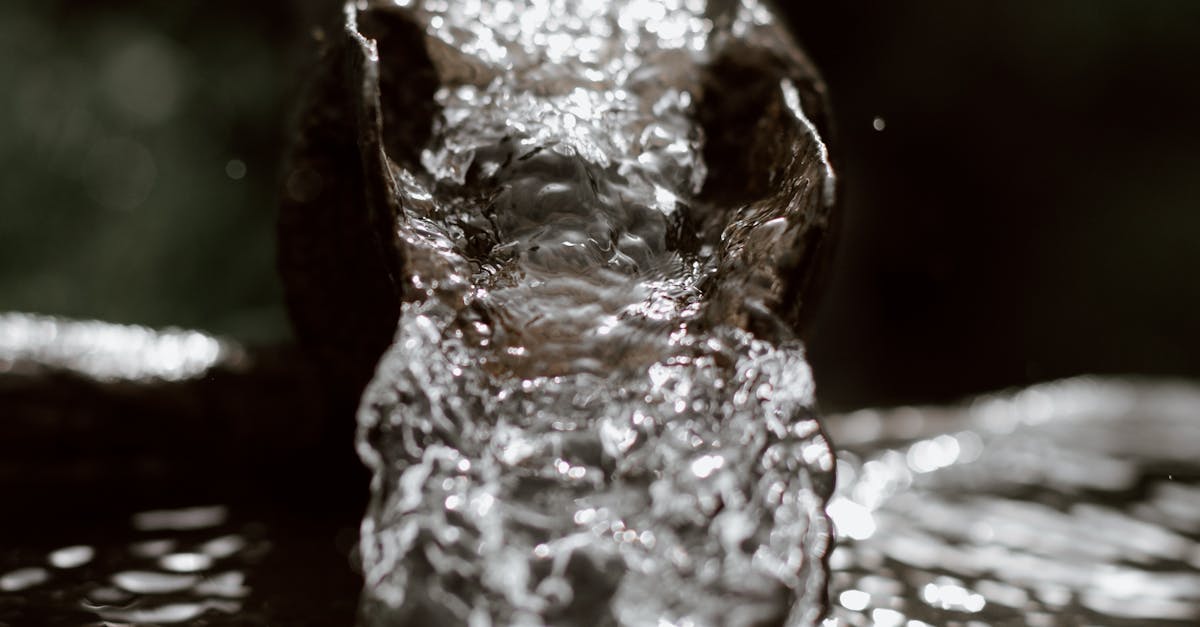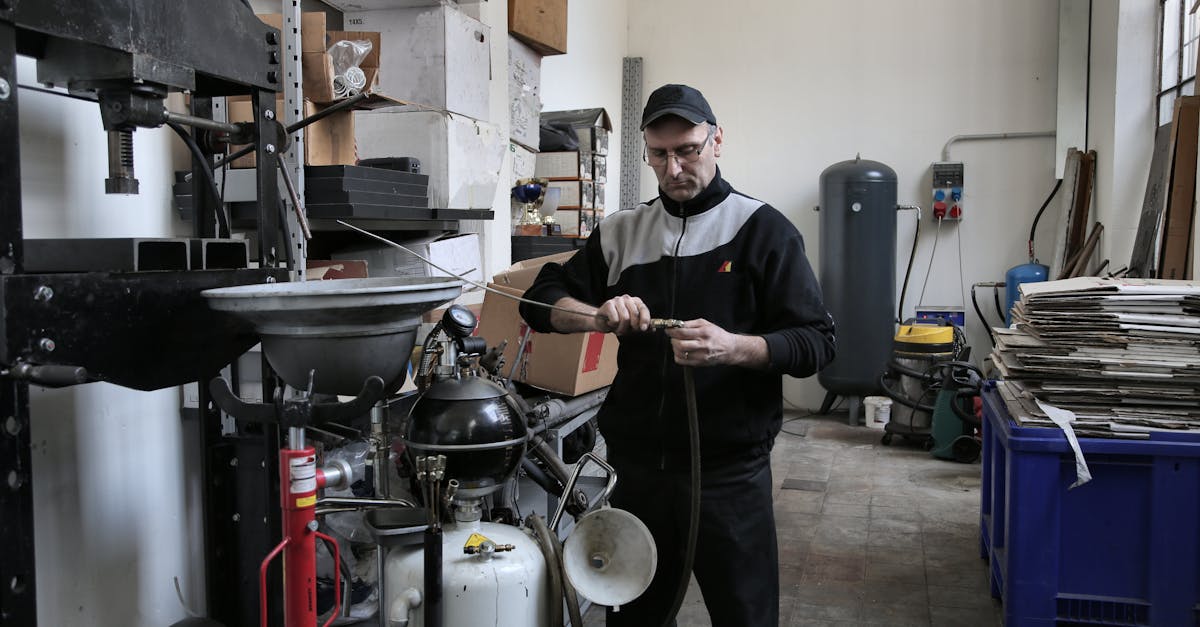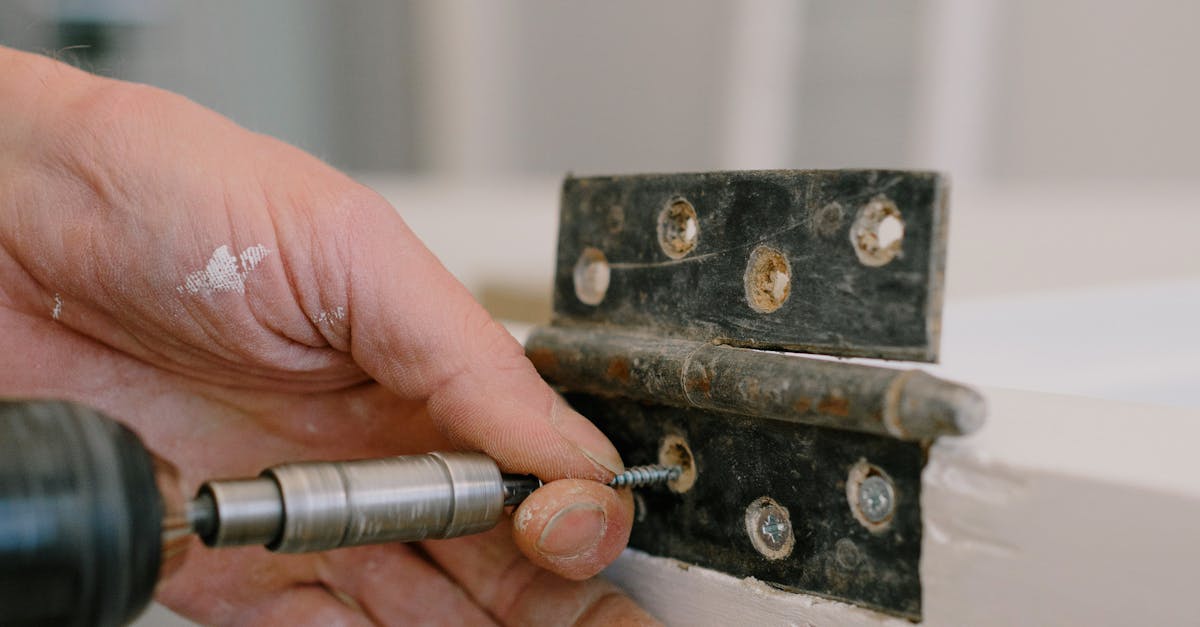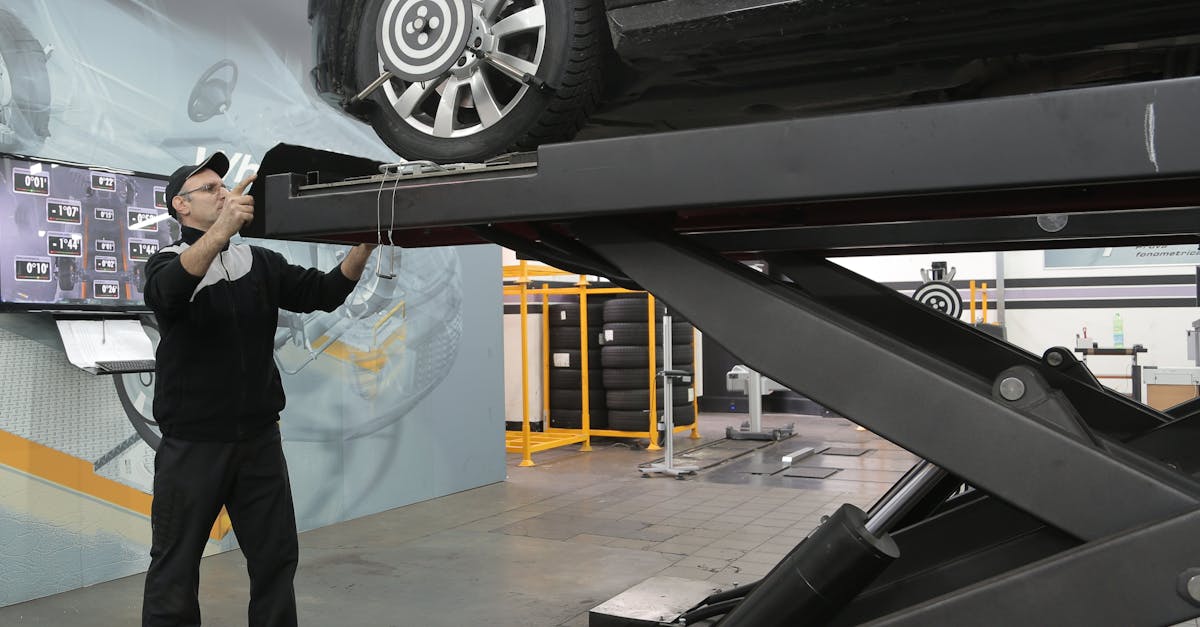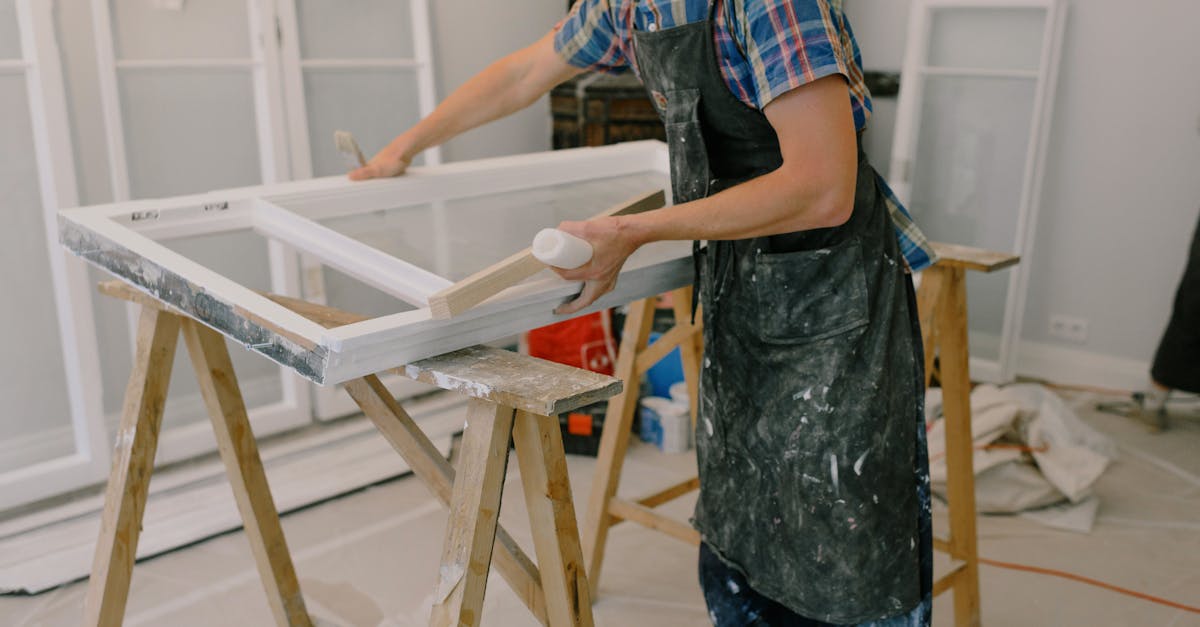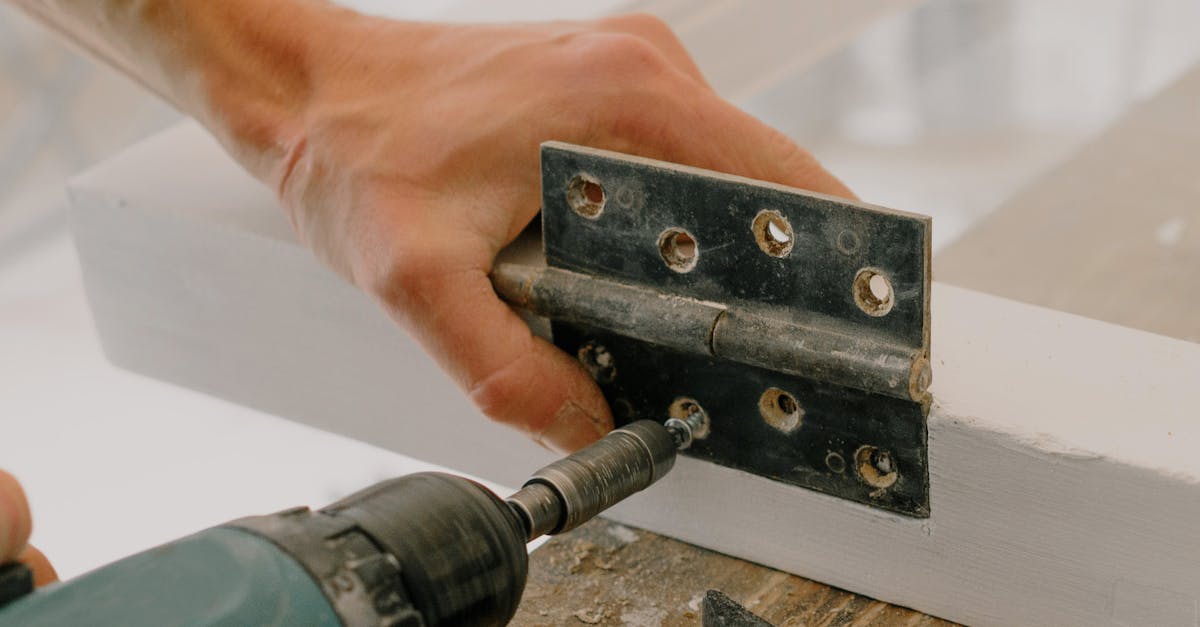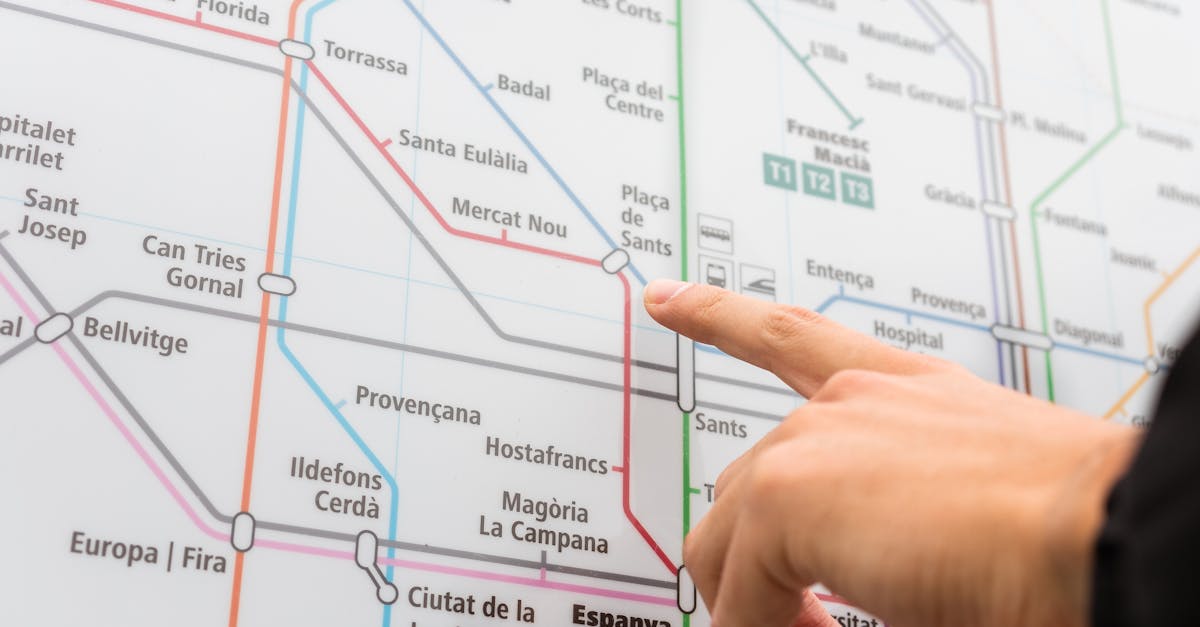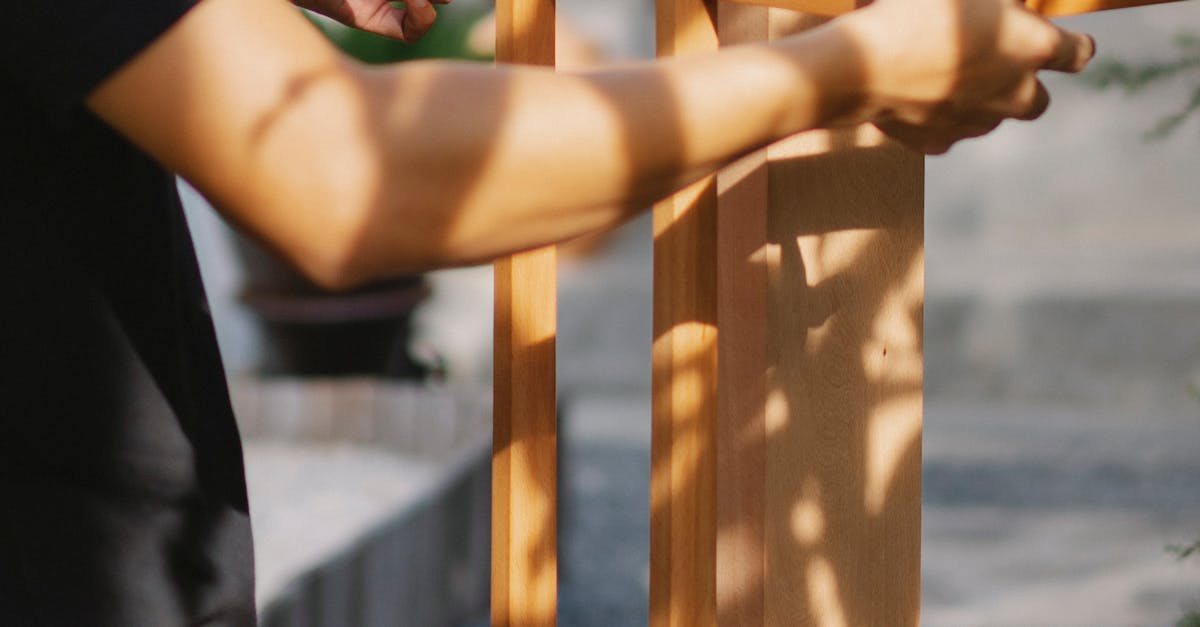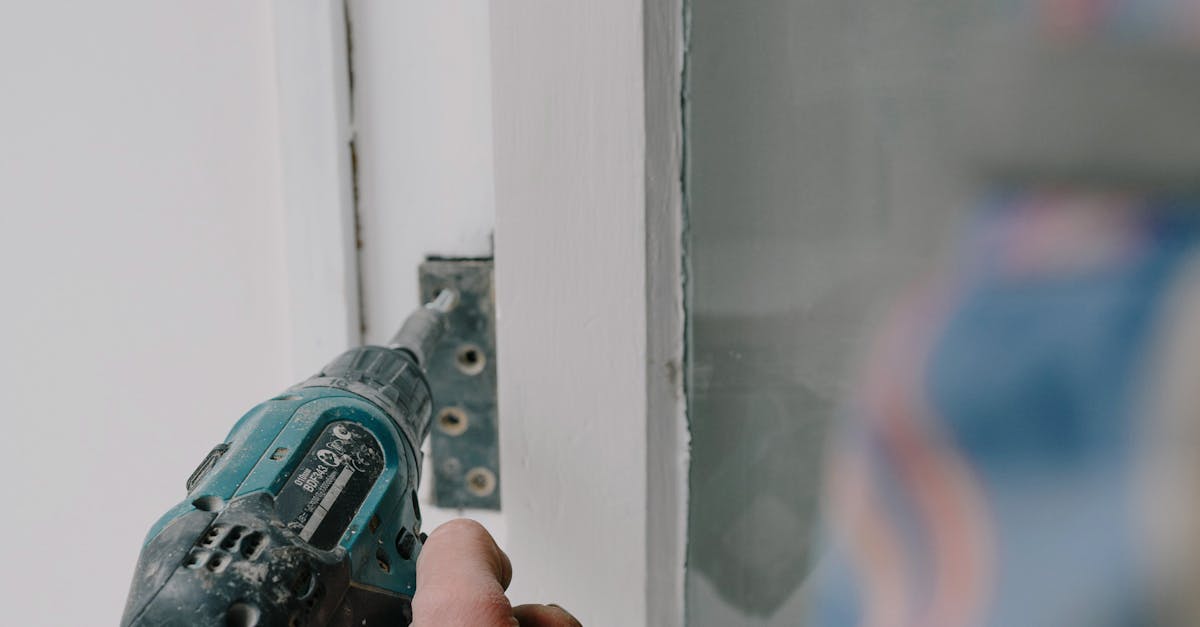
Table Of Contents
Longevity of Relined Pipes
Relined pipes can offer significant longevity, often lasting up to 50 years or more when installed correctly. This durability is largely attributed to the materials used during the relining process, such as epoxy resins that create a strong and resilient barrier inside the existing pipe. Homeowners benefit from the reduced likelihood of future leaks or failures, making relined pipes a cost-effective alternative to traditional pipe replacement. Proper maintenance and regular inspections can further extend their lifespan, providing peace of mind for years.
Sewer line installation and repair practices contribute to the effectiveness of relined pipes. When executed by experienced professionals, the process ensures that the relining material adheres properly to the pipe walls, preventing issues like corrosion and blockages. With a well-executed installation, property owners can enjoy the advantages of a modernised system without the disruption associated with digging up old pipes. The combination of high-quality materials and skilled workmanship plays a crucial role in determining how long relined pipes will serve their purpose.
How Long Can You Expect Relined Pipes to Last?
Relined pipes are designed to offer impressive longevity, often lasting around 50 years or more under optimal conditions. The new lining effectively creates a sturdy barrier that protects the original pipe from further degradation. Homeowners can expect the relined system to resist corrosion, root intrusion, and other common sewer line issues, which contributes significantly to its extended lifespan. Such durability makes relining an attractive option in the realm of sewer line installation and repair.
However, the actual lifespan of relined pipes may vary depending on factors such as the quality of materials used and the specific conditions of the soil and environment surrounding the pipes. Regular maintenance and inspections can further enhance the longevity of the relined system. If performed correctly by experienced professionals, the relining process can provide a reliable solution for years, reducing the need for frequent repairs or replacements.
Environmental Impact of Pipe Relining
The environmental impact of pipe relining has become increasingly relevant in discussions about sewer line installation and repair. This method reduces the need for extensive digging and excavation, which can disturb natural habitats and ecosystems. By minimising ground disruption, relining contributes to preserving surface vegetation and wildlife, thus promoting a more sustainable approach to infrastructure maintenance.
Additionally, the materials used in the relining process are often designed to be durable and long-lasting. This can result in fewer instances of leaks or breakages that typically require further repairs, which can be both resource-intensive and environmentally damaging. The reduced frequency of maintenance activities associated with relined pipes further supports sustainable practices in sewer line installation and repair, making it a preferable option for both urban and rural settings.
EcoFriendly Aspects of the Relining Process
The relining process for sewer pipes offers several eco-friendly advantages compared to traditional methods of sewer line installation and repair. This technique utilises less raw material by making use of existing pipelines, which reduces the demand for new resources. It also decreases the volume of waste generated during the installation process, as relining involves minimal digging and disruption. This aligns with sustainable practices, helping to preserve the environment while maintaining essential infrastructure.
Additionally, relined pipes often lead to improved efficiency in wastewater flow, which can lower the risk of leaks and reduce the likelihood of harmful substances entering the surrounding soil and waterways. The materials used in relining are generally designed to be long-lasting and resistant to corrosion, further extending the life of the plumbing system. Such eco-friendly methods not only help in conserving nature but also contribute to the overall sustainability of urban infrastructure.
Choosing the Right Professional for Relining
When it comes to sewer line installation and repair, selecting the right professional is crucial for ensuring the job is done correctly. A qualified expert should have extensive experience with pipe relining techniques and a solid understanding of the latest technologies in the field. Look for professionals who hold relevant certifications and licenses, as these credentials indicate a commitment to industry standards and ongoing education. It's also advantageous to choose someone with a strong reputation, as positive reviews and testimonials can provide insight into their work ethic and reliability.
In addition to technical expertise, consider the level of customer service offered by the professional. Clear communication is essential throughout the relining process. A good contractor should be able to explain the procedure, answer any questions you may have, and provide a detailed estimate before commencing work. Ensuring that the professional prioritises transparency and service can lead to a smoother experience and satisfactory results in your sewer line installation and repair needs.
Key Qualifications and Experience to Look For
When selecting a professional for sewer pipe relining, consider their qualifications and relevant experience. Look for those who are certified and have completed specialised training in sewer line installation and repair. An experienced contractor will have a proven track record in the field, demonstrating their ability to handle various complexities of pipe relining projects. They should also possess knowledge of local plumbing regulations and industry standards to ensure compliance and safety.
Additionally, examining the professional’s reputation is crucial. Customer reviews and testimonials can provide insight into the quality of their work. Additionally, they should be well-versed in the latest technologies and techniques used in sewer line installation and repair, as advancements in this field can significantly impact the effectiveness of the relining process. A reliable professional will not only perform quality work but also offer valuable advice on maintenance and future care for the relined pipes.
FAQS
What is sewer pipe relining?
Sewer pipe relining is a trenchless repair method that involves inserting a resin-soaked liner into existing pipes, which is then inflated and cured to create a new, durable pipe within the old one.
How long can I expect relined pipes to last?
Relined pipes can typically last between 50 to 100 years, depending on factors such as the materials used in the relining process and the environmental conditions surrounding the pipes.
Is pipe relining environmentally friendly?
Yes, pipe relining is considered eco-friendly as it reduces the need for excavation and minimizes disruption to the surrounding environment, while also extending the lifespan of existing pipes.
How do I choose the right professional for sewer pipe relining?
When choosing a professional for sewer pipe relining, look for qualifications such as relevant licensing, industry certifications, experience in trenchless technology, and positive customer reviews.
What are the benefits of sewer pipe relining compared to traditional methods?
The benefits of sewer pipe relining include less disruption to your property, quicker installation times, reduced costs associated with repairs, and a longer-lasting solution for pipe issues.
